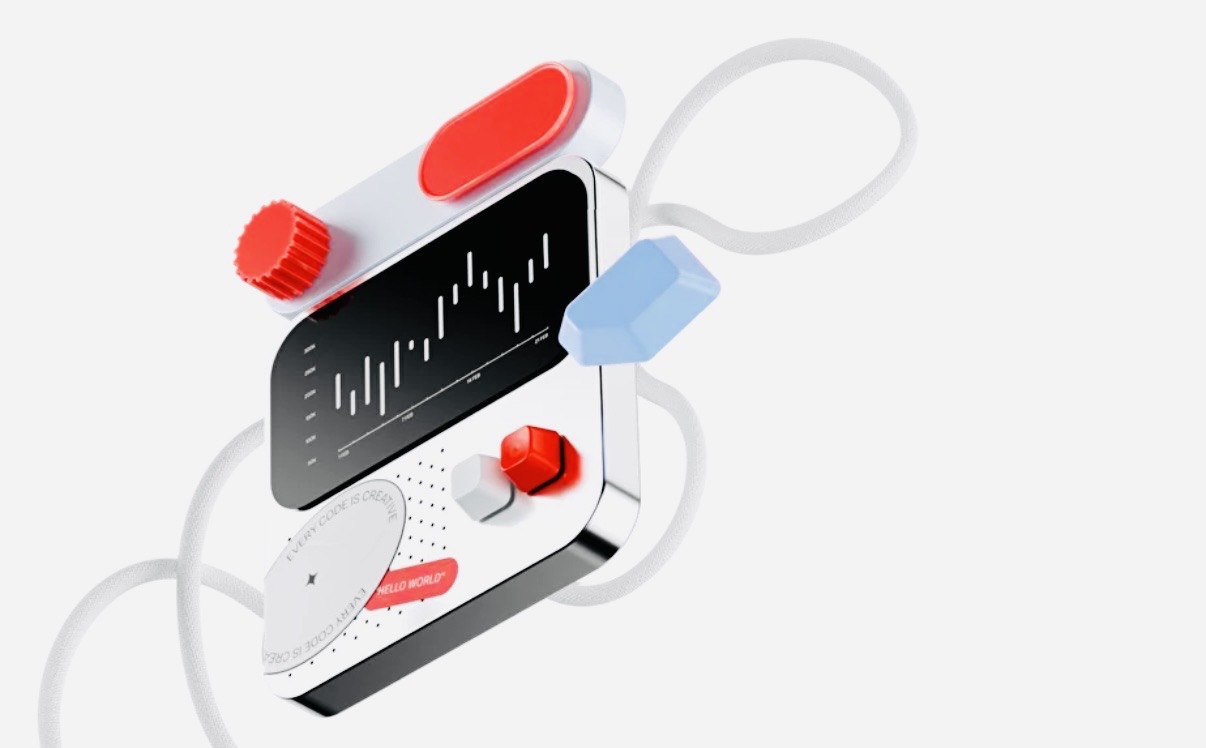A team of scientists from Utrecht Universityin the Netherlands and Sogang, in South Korea, has just published a very interesting study on iontronics. This is a technique that is still in its infancy and will have a lot to talk about in the future as it combines biology and electronics to achieve the best results, taking advantage of the strengths of each discipline. In this case, they were able to produce artificial neuronmainly using water and salt, but focusing on developing computers that function like the human brain.
It’s kind of like the typical TikTok recipes that use two ingredients, which becomes ten when you factor in the seasonings, oil, and other seasonings. Information is transmitted via salts dissolved in water, just like with brain cells; but, logically, more components are needed.
In any case, this artificial neuron is a very innovative invention. At the moment this is nothing more than proof of conceptbut in the future it could have many applications in fields such as computing or medicine.
Artificial neuron that imitates brain plasticity
To know how this artificial neuron works, we must first understand how it does it naturally.
Our brain contains millions of neurons that form motorways through which information flows at breakneck speed. This information is transmitted in the form of electrical signals that are transmitted from one brain cell to another through electrical signals.
The part of a neuron that acts as a wire through which electric current flows is called axon. From there the information goes to dendrites next neuron.
Broadcast electrical impulseknown as action potential, can happen in two ways. In some cases, the axon of one neuron and the dendrites of the next one touch, so electricity is transmitted. physicallyfor example, when a person touches another person who has received an electric shock.
In other cases there is no direct contact, so neurotransmitter release. These are small molecules that are secreted in one neuron and transmitted through the synaptic cleft to the receptors of the next one. Depending on the origin of the electrical signal, a specific type of neurotransmitter will be released with a function associated with that signal. In turn, it will only be able to bind to specific receptors on another neuron, like a key in a lock. When a neurotransmitter binds to its receptor, it causes certain ions to pass through the cell membrane in such a way that a new action potential is generated, related to the one that caused the neurotransmitter to be released. Thus, the message continues to be transmitted from one neuron to another.

At this point, it is important to keep in mind that what makes the brain such a special organ, among other things, is its plastic. Our nervous system has the ability to strengthen the neural connections it uses most and weaken those that are not useful. This is what we are trying to imitate with the artificial neuron we have just made.
Iontron memristor
The artificial neuron created by these scientists is based on iontronic memristor. The memristor is not a new invention. Its possible usefulness was described in the 70s, although it took more than 3 decades to manufacture.
This is a device that essentially consists of resistor with memory. He is capable remember electricity passed through it and keeps certain functions at rest until they are needed again. For example, it is believed that this can be a good replacement for RAM cards, since the memory in them disappears when the computer is turned off. On the other hand, a memristor can remember at what point was it left when the machine turned on again.
Despite this possible usefulness, memristors are practically in disuse present time. The same thing happens with iontronics-based tools. Essentially, it is “a new technology based on the sophisticated control of ions as signal carriers that integrates solid-state electronics and a biological system.” That is, those electrical signals that naturally occur in our body are used for electronic applications like this. artificial neuron. This is usually done using aquatic environments, similar to those commonly used in the brain. And the entire mechanism of ion entry and exit that is generated at synapses occurs in this type of environment. Essentially this is water with salt.
This is beneficial because the efficiency of the human brain can be transferred to modern computers. And also because it can help in the production of biocompatible and biodegradable systems, which can be very useful in medicine.
Cone filled with salt water
The artificial neuron developed by these scientists consists mainly of very small conical devicefilled with salt water. It measures 150 micrometers in height and 200 micrometers in diameter at the base, making it the size of several human hairs combined.
Initial tests conducted with the device indicate that changes in its length affect memory retention time in a way that can be scaled to specific needs. The functioning is essentially similar to the functioning of neurons. If brain cells are capable strengthen your most essential connections, This device can remember the electricity passed through it and determine whether it needs to increase its use or transfer the effort to another that is used more. Essentially, this could be achieved using some kind of mechanism that would allow its length to be varied.
This is a very futuristic device, but it has already been shown that it can become a reality. With just water and salt and as a seasoning, there’s a lot of science behind it.
Source: Hiper Textual












